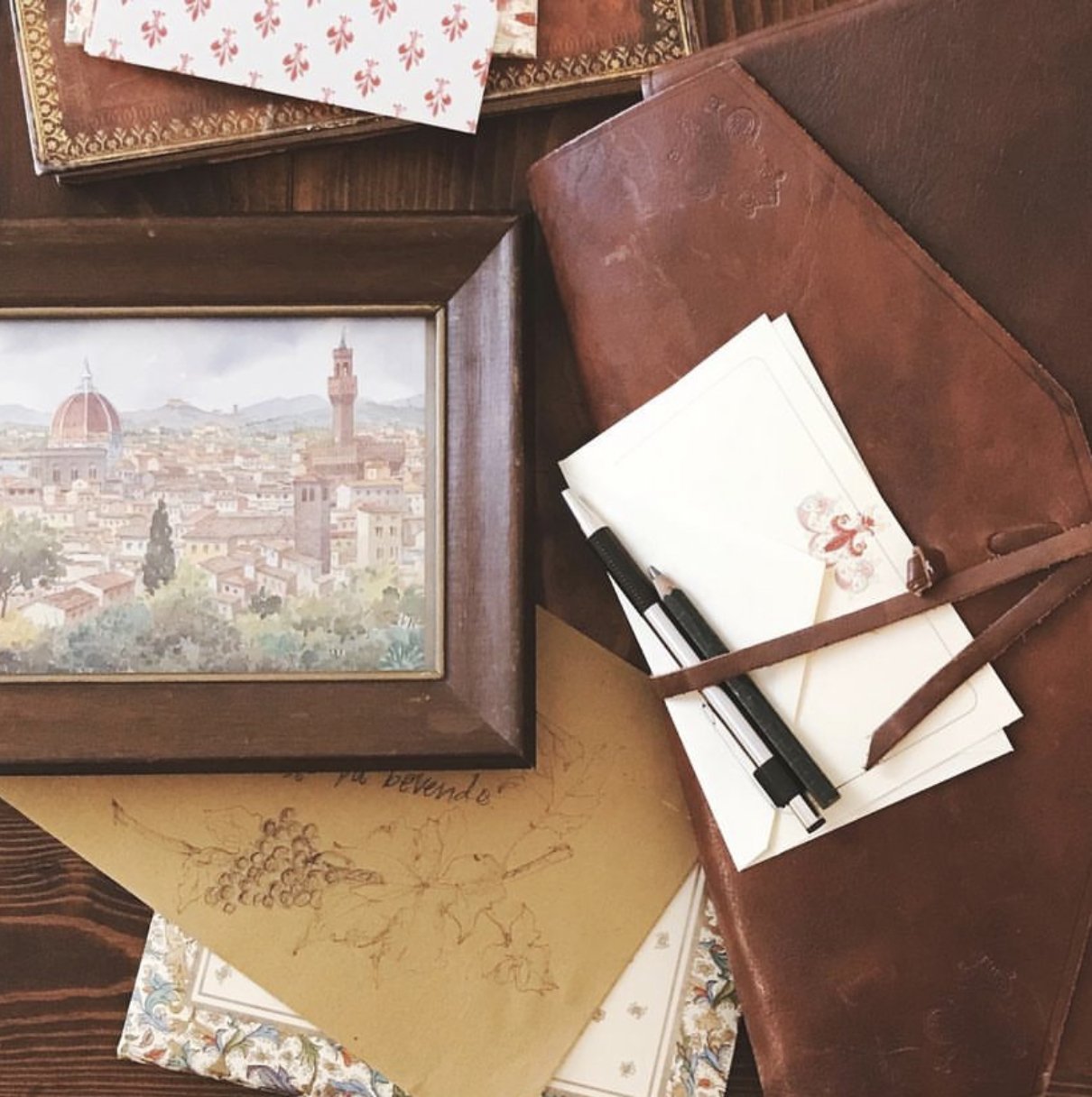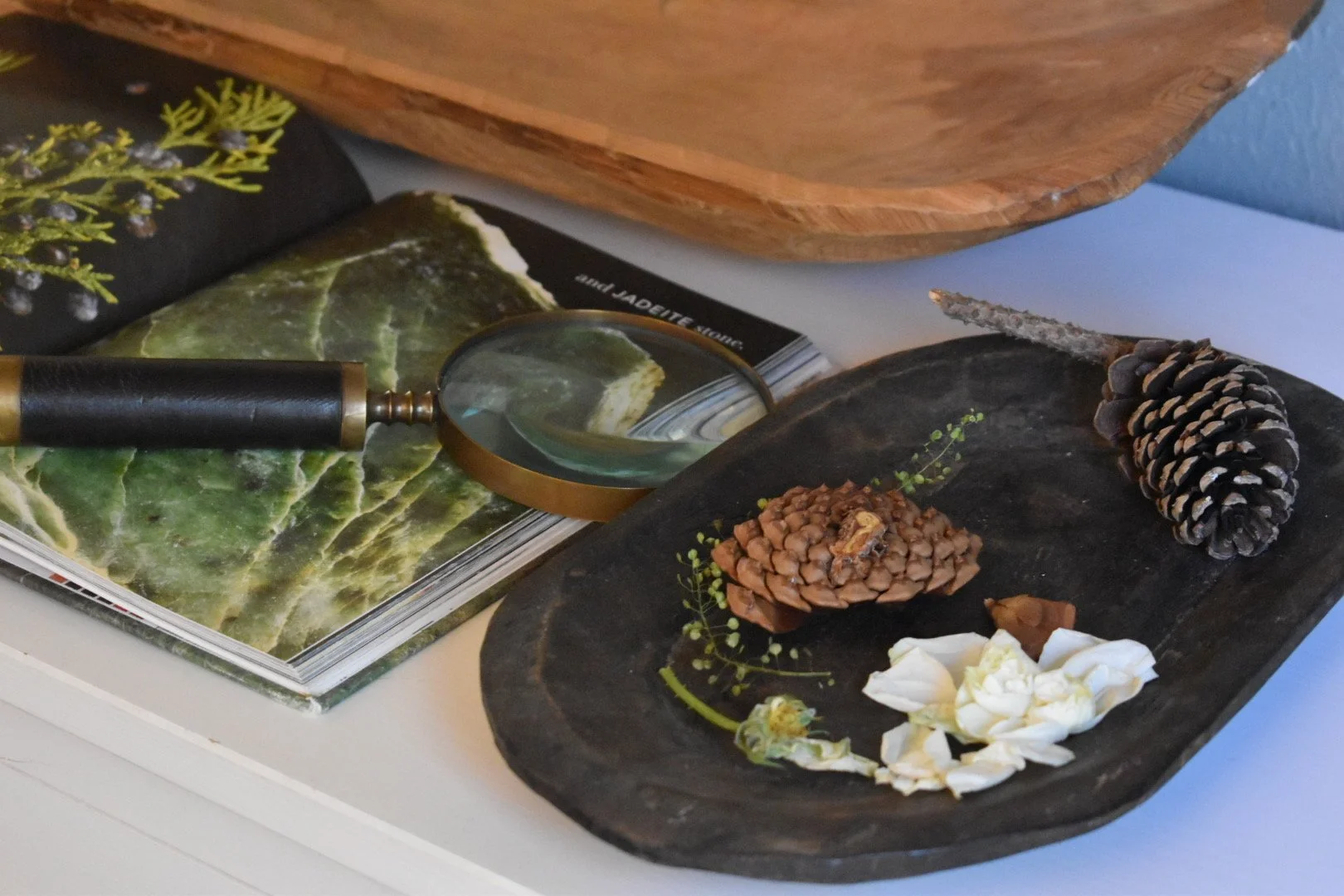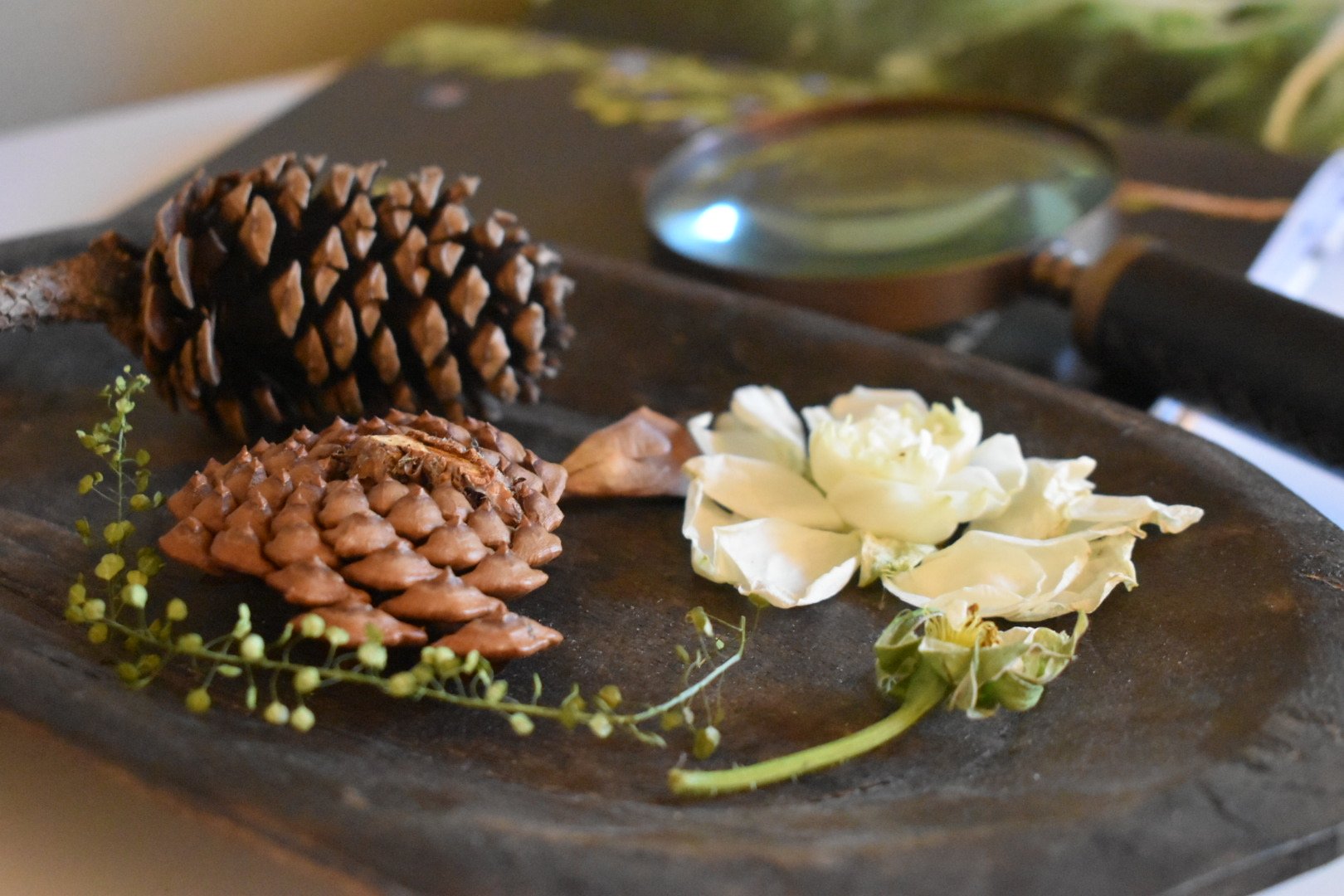
Katy Rose Collection: Art, Words
Craving Nature & Why
When we lived in New York City, all four windows in our apartment looked out onto dirty brick walls, with one exception. Through our bedroom window, we looked at an old church with a lone tree beside it.
With only one tree, you really notice the seasons. It’s all green when you move in, then bare by Thanksgiving. With some January snow it reminds you of a postcard. Then you are surprised one March day when you look out and see it flowering. You didn’t expect that and it’s amazing. You grab your camera.
Since nature was scarce in that beloved Concrete Jungle, aside from the tree, we walked the few blocks over to Central Park every chance we got. It was the default place to go, like our bodies pulled us.
Saturday mornings: drink coffee, do a few chores, pack snacks, head to the Park. We’d find a spot to plop down with intentions of reading but usually end up watching. We’d meet up with friends and sit around or throw a frisbee.
This was our rhythm when it was just the two of us, then while we were pregnant, and then with the new baby.
And then, we had to move. I dragged my feet to the new state, but when we pulled up to our tiny rental there was a tree covering the front yard, and one to match in the back. Joy! We strung up a swing and settled into our new life, one filled with friends, direction, and so many hours outside with young children.
After my husband graduated from law school, we moved again to another state and I prayed for at least one tree to live under. I’d tasted life with the swing and shade, and a tree felt a bit like the outside nanny I needed.
And in this new land of razed lots and freshly built houses, we happened upon a neighborhood full of 50-year-old homes and trees much older than that, tons of them. As we pulled in, I was so taken by the trees that I didn’t even care as much about the house we were hunting. Anything would do as long as there were trees. We grabbed a place and the trees have been ours ever since.
So much life has happened under these trees, all the best and the hardest. With our crew, we’ve built forts, fairy houses, and fires. We’ve strung swings, string lights, and slack lines.
For me, the tall trees, like mountains, are a constant reminder of my smallness, in the best way. They point me to the magnitude of God. Of course, you don’t need trees for that, but I love seeing nature as these signs around us that are like anthems of His beauty and might.
That’s why I’m not surprised at all that scientists are really into doing research on all the positive ways nature effects us. My friend recommended the book, The Well-Gardened Mind, to me a few years ago. Fascinating! Full of science and stories, with a back cover that says, “How can gardening relieve stress and help us look after our mental health? What lies behind the restorative power of the natural world?”
Did you know studies have found that hospital patients (all similar baseline health and same procedures) with windows facing natural scenery heal more quickly than those with views of brick walls? Did you know gardening projects have dramatically helped war veterans with PTSD?
Increasingly, experts in the field are reporting the remarkable effects of nature, trees and the like, on our mental, physical, and emotional well-being. (It’s true! The good gift God has given us is actually good for us.)
According to The Well-Gardened Mind, as well as a handful of other resources, here are some of the positive ways nature has been found to affect us, and maybe why we just keep heading back outside:
Stress Reduction:
Natural environments can lower cortisol levels—the body’s primary stress hormone—helping to reduce anxiety and tension.Improved Concentration and Cognitive Function:
Studies have shown that a walk in the park or time spent in a green space can help restore attention and improve memory, particularly after mentally fatiguing tasks.Enhanced Creativity and Problem-Solving:
Exposure to natural settings has been linked with increased creativity, offering a mental reset that can spur thinking and problem-solving.Increased Contentment and Gratitude for the Present:
The sights, sounds, and textures of the outdoors can help focus our thoughts on the beauty right before us.
Boost to the Immune System:
Certain compounds released by plants (like phytoncides) during a forest walk can stimulate the immune system, potentially increasing the body’s natural killer cells and improving overall immunity.Improved Cardiovascular Health:
Time spent outdoors has been associated with lower blood pressure and reduced heart rates, contributing to better heart health.Better Sleep Quality:
Exposure to natural light helps regulate our circadian rhythms, which can lead to improved sleep patterns. Additionally, physical activity in nature can help promote deeper, more restorative sleep.Enhanced Recovery from Illness:
There’s evidence suggesting that views of or exposure to natural landscapes—even in hospital settings—can speed recovery times and improve overall patient outcomes.
Boost in Mood and Overall Well-Being:
Nature has a calming effect and can lead to the release of endorphins, which are natural mood lifters. This helps combat feelings of depression and anxiety.Increased Sense of Connection and Belonging:
Being outdoors can foster feelings of connection—not just to nature, but to the community. Activities like community gardening or simply sharing a park with others can reduce feelings of isolation.Emotional Resilience:
Time in natural environments can serve as a form of emotional recharge, offering a break from daily stressors and helping build resilience against future stress.Endless Opportunities to see the Beauty of God Reflected
Many people report a sense of awe, wonder, and deeper meaning when immersed in nature. For parents, what a perfect way to weave in stories of our Creator.
“In every walk with nature, one receives far more than he seeks.”
How to Show You Care: Nature Displays
“I sincerely believe that for the child, and for the parent seeking to guide him, it is not half so important to know as to feel. If facts are the seeds that later produce knowledge and wisdom, then the emotions and the impressions of the senses are the fertile soil in which the seeds must grow. The years of early childhood are the time to prepare the soil. Once the emotions have been aroused - a sense of the beautiful, the excitement of the new and unknown, a feeling of sympathy, pity, admiration or love - then we wish for knowledge about the object of our emotional response. Once found, it has lasting meaning. It is more important to pave the way for the child to want to know than to put him on a diet of facts he is not ready to assimilate.
”
I no doubt picked the idea up from someone else years ago, and you might already do this in your house. It couldn't be simpler. Just grab a tray or plate and designate it as your nature display. We always have one or two (periodically culled by Mom) around the house at any time, holding everything from acorns and rocks to feathers and mystery bones.
Imagine their muddy hands grasping a rock or funny leaf just found out in the yard. Running inside, they hold it up, anticipating you’ll be equally delighted. You kneel down and they tell you all about it. As they run off again they call back to make sure you save it!
So you put it on your little tray that always sits there on the dresser or bookshelf for all to see.
At the heart of the nature trays or displays is showing that we care about what matters to them, which is part of building long-term trust as parents. And from my experience, collecting bits and pieces of nature matters to children.
The Beauty of Nature Displays
-conveys our attention to what they care about
-causes us as parents to pause and actually see
-creates a landing spot for the nature treasures that might otherwise clutter the house
-provides natural, free decor
-teaches seasonality of various plants (What is available to display in winter, but not summer, and vice versa?)
How To
It couldn’t be easier. Grab a tray or plate, and that handful of acorns left on your kitchen counter, and get started.
If you have a magnifying glass, set it next to the tray for closer inspection!
This can also be a great spot to set out a few nature books. We've always loved a variety of fossil and plant books, including the gorgeous A Beauty Collected.
This post is a series going deeper into the heart behind my new picture book, MISS PRIM GOES WILD. Sharing the wonder of nature with my children over the years has been a true Joy of parenthood. It paves the way for connection to each other, and reflects the beauty of our Creator.
MISS PRIM GOES WILD
Grab it now from your favorite bookseller HERE!
Introducing Knepp Estates
Over the next few weeks, I’m giving you a peek inside my mind as I wrote my new children’s book, Miss Prim Goes Wild.
Over the next few weeks, I’m giving you a peek inside my mind as I wrote my new children’s book, Miss Prim Goes Wild. I’m gathering all the significant sources of inspiration and experience that influenced the creation of this book, plus some ideas and projects and beauty we can all dive into. I’ll zoom in on one area each week as I countdown to the book’s launch in March. This is my brain spread out on a big board!
Today I want to tell you about Knepp Estate in West Sussex, England.
I first happened upon Knepp Estate’s owner, Isabella Tree, in a Desert Island Discs interview while out for a morning walk about six years ago. Before I reached home I was already looking at plants and birds and little yard mushrooms in a whole new light. As someone deeply inspired by the wonder of nature, my interest was piqued by her hopeful message. She was working to preserve the natural world and seeing remarkable success, using methods I could wrap my mind around. I ordered her book immediately and soared through it over the next few weeks.
Knepp Estate is 3,500 acres of land with a deeply rooted place in history, dating back to the 12th century. About 25 years ago the owners, Charlie and Isabella, had to make changes to their farming methods in order to keep things financially afloat. The more research they did, the more they felt compelled to take a drastic approach and begin to let the land grow wild.
This came with a host of challenges and critics, but the results from a conservation standpoint have been astounding, and globally recognized.
I loved reading about Painted Lady butterflies finally finding a safe place to land as they flew from Morocco. I was fascinated by the pigs rooting in the soil, creating unsightly holes, only to find they were bringing life back to the packed clay soil. And how delightful to learn the little tree babies were naturally protected from animals by the thorny scrub which is typically pulled up, enabling a host of new trees to regenerate quickly. Chapter after chapter recounted hopeful stories of flourishing.
Castle print-out from Knepp source
One aim in raising our own children has been to instill in them a love for nature, pointing them to the Creator in all the little hints of His handiwork and design. Considering a variety of approaches to steward the natural world, in all the little ways we can, feels like an intuitive response as a Christ-follower.
There is so much to learn about the creative work happening at Knepp. If you’re interested, here are some places to get started:
Listen to the 2019 interview: Desert Island Discs interview, BBC
Get the Book: Wilding, by Isabella Tree
Learn more about Knepp Estate
Castle print-out from Knepp source
Pre-Order from your favorite bookshop HERE!
A whimsical picture book that follows strict Miss Prim as she learns how nature's wild ways can heal both her yard and her heart--and teaches children how to watch the wild grow in their backyards!

























